Olafur Eliasson Sunset Kaleidoscope 2005 Wood, steel, color-effect filter glass, mirrors and motor. 18 x 18 x 70 in. (45.7 x 45.7 x 177.8 cm). This work is from an edition of three.
Provenance Gallerie Emi Fontana, Milan Exhibited San Francisco Museum of Modern Art, September 8, 2007 - February 24, 2008; New York, PS1 Contemporary Art Center, April 13 - June 30, 2008; and Sydney, Museum of Contemporary Art, December 10, 2009 - April 11, 2010, Take your time: Olafur Eliasson (another example exhibited) Literature M. Grynsztejn, ed., Take Your Time: Olafur Eliasson London 2007, pl. 220-221 and cover (illustrated); Studio Olafur Eliasson ed., Studio Olafur Eliasson An Encyclopedia, Cologne, 2008, p. 246, 352 (illustrated); D. Kunitz, “In Brilliant Color,” The New York Sun, April 18, 2008 Catalogue Essay Olafur Eliasson’s art is completely unparalleled in the world today, challenging the viewer to become a part of the work through participation and engagement. The influence of nature on the Danish-born Eliasson is ever-present and the way he chooses to reveal this is what makes his work so profound. The harnessing of natural elements—movement, light, water, mist and color—is the main ingredient in each of his pieces. The second equally important component is the viewer. The viewer and the art should be and are in constant flux in Eliasson’s work. The way an engaged viewer perceives the work and the way this can vary from person to person is what interests Eliasson the most. He pushes and challenges the accepted boundaries of art, blurring the lines between perception, representation and reality. His kaleidoscope works, including the present lot, do exactly this. Sunset Kaleidoscope is meant to be installed in an open window, thereby both creating and distorting one’s view of the outside world. The outside of the kaleidoscope is an elongated wooden box while the interior of the kaleidoscope is lined with mirrors that surround a rotating “sun” or yellow disc within. The impact that these physical elements have on transforming the view from the window is something that depends entirely on the eyes looking through it. Eliasson creates art that entices both the most innocent of children and the most serious of art historians—he shows that not only is reality entirely subjective from one person to the next but also that one person’s reality can change depending on what lens or light they may be seeing it through. Eliasson said: “My main interest is to show that our perceptual apparatus is a cultural construction. The way the eye functions is partially a construction, since it processes light from our surroundings, and the brain compresses and digests information around us, but we mistakenly tend to understand these complicated systems as a natural, given thing. The kaleidoscopes play with the fact that what we see can easily be disorganized or reconfigured. They playfully show us multiple ways of seeing the world, so you could say that a kaleidoscope constitutes a different perspective. […] Through our perceptions, we may thus change the surrounding reality,” (Studio Olafur Eliasson An Encyclopedia, Cologne, 2008, p. 239). Read More
Olafur Eliasson Sunset Kaleidoscope 2005 Wood, steel, color-effect filter glass, mirrors and motor. 18 x 18 x 70 in. (45.7 x 45.7 x 177.8 cm). This work is from an edition of three.
Provenance Gallerie Emi Fontana, Milan Exhibited San Francisco Museum of Modern Art, September 8, 2007 - February 24, 2008; New York, PS1 Contemporary Art Center, April 13 - June 30, 2008; and Sydney, Museum of Contemporary Art, December 10, 2009 - April 11, 2010, Take your time: Olafur Eliasson (another example exhibited) Literature M. Grynsztejn, ed., Take Your Time: Olafur Eliasson London 2007, pl. 220-221 and cover (illustrated); Studio Olafur Eliasson ed., Studio Olafur Eliasson An Encyclopedia, Cologne, 2008, p. 246, 352 (illustrated); D. Kunitz, “In Brilliant Color,” The New York Sun, April 18, 2008 Catalogue Essay Olafur Eliasson’s art is completely unparalleled in the world today, challenging the viewer to become a part of the work through participation and engagement. The influence of nature on the Danish-born Eliasson is ever-present and the way he chooses to reveal this is what makes his work so profound. The harnessing of natural elements—movement, light, water, mist and color—is the main ingredient in each of his pieces. The second equally important component is the viewer. The viewer and the art should be and are in constant flux in Eliasson’s work. The way an engaged viewer perceives the work and the way this can vary from person to person is what interests Eliasson the most. He pushes and challenges the accepted boundaries of art, blurring the lines between perception, representation and reality. His kaleidoscope works, including the present lot, do exactly this. Sunset Kaleidoscope is meant to be installed in an open window, thereby both creating and distorting one’s view of the outside world. The outside of the kaleidoscope is an elongated wooden box while the interior of the kaleidoscope is lined with mirrors that surround a rotating “sun” or yellow disc within. The impact that these physical elements have on transforming the view from the window is something that depends entirely on the eyes looking through it. Eliasson creates art that entices both the most innocent of children and the most serious of art historians—he shows that not only is reality entirely subjective from one person to the next but also that one person’s reality can change depending on what lens or light they may be seeing it through. Eliasson said: “My main interest is to show that our perceptual apparatus is a cultural construction. The way the eye functions is partially a construction, since it processes light from our surroundings, and the brain compresses and digests information around us, but we mistakenly tend to understand these complicated systems as a natural, given thing. The kaleidoscopes play with the fact that what we see can easily be disorganized or reconfigured. They playfully show us multiple ways of seeing the world, so you could say that a kaleidoscope constitutes a different perspective. […] Through our perceptions, we may thus change the surrounding reality,” (Studio Olafur Eliasson An Encyclopedia, Cologne, 2008, p. 239). Read More
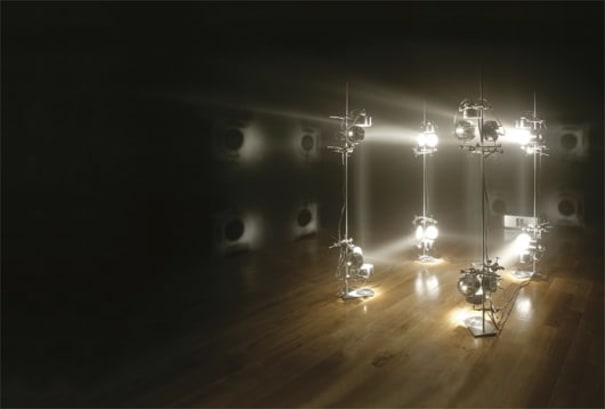




.jpg)
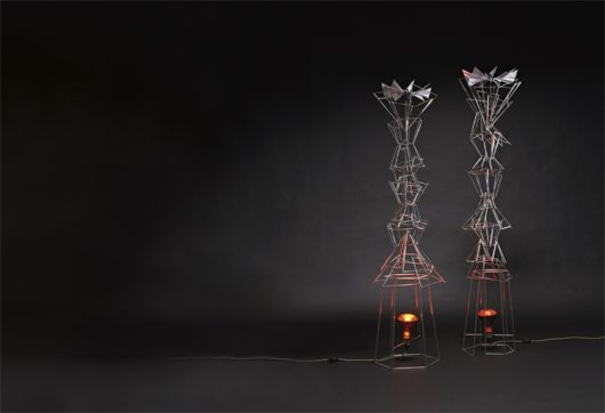

.jpg)
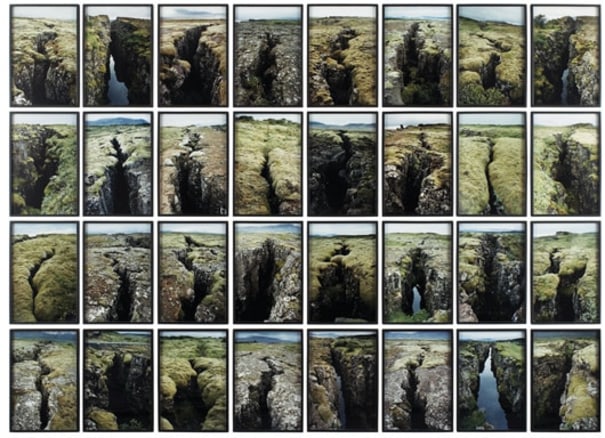
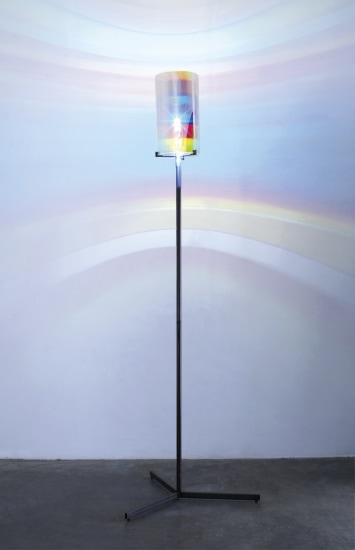

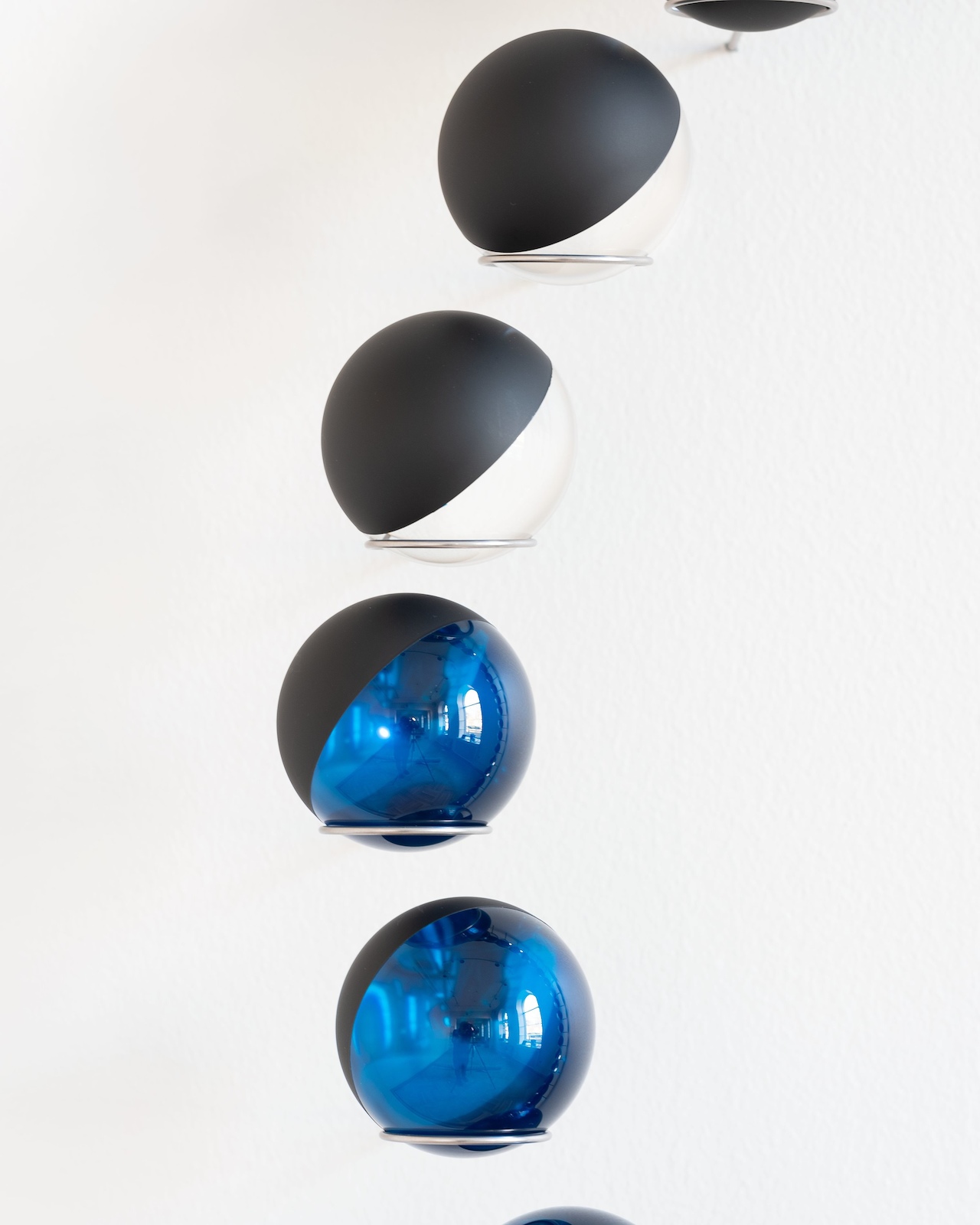
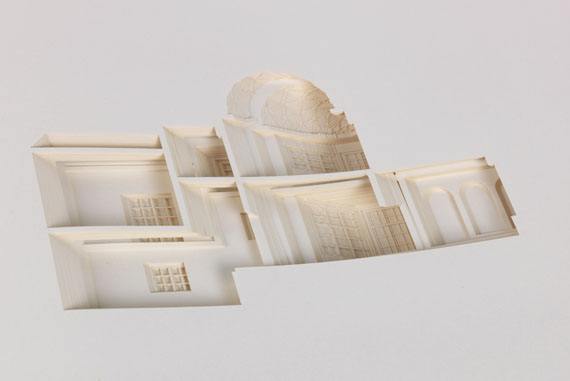
Try LotSearch and its premium features for 7 days - without any costs!
Be notified automatically about new items in upcoming auctions.
Create an alert